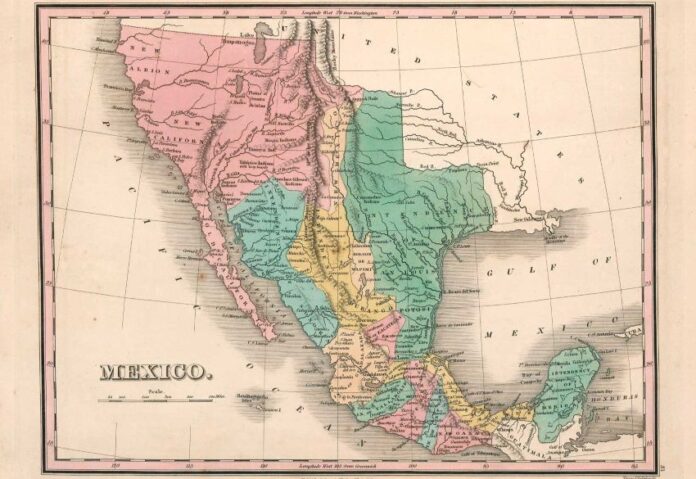Indigenous rebellions, foreign invasion and secessionist movements have meant that Mexico’s map has changed dramatically since independence in 1821. Most people are familiar with the territory taken by the United States in the Mexican-American War, but there are several other former Mexican states that no longer exist.
Here are six of them — depending on how you count:
Nuevo León y Coahuila
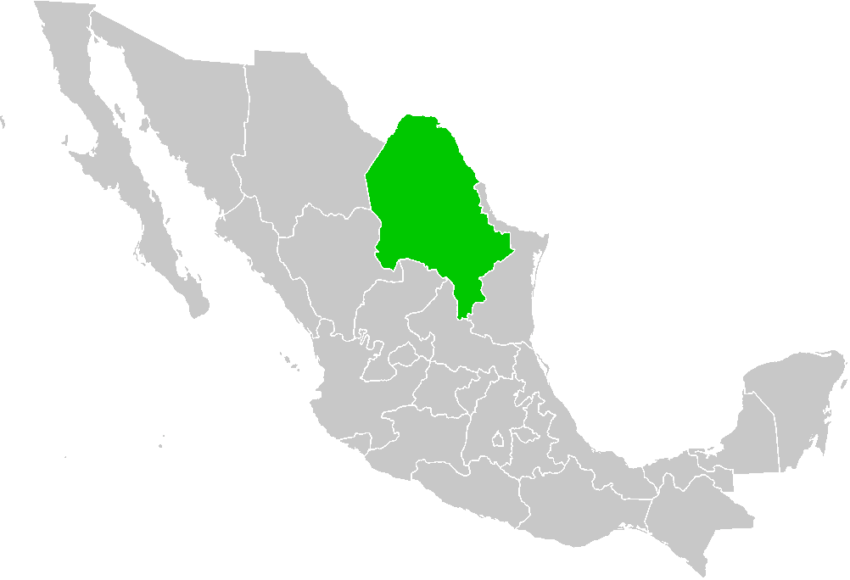
The map of Coahuila has changed many times. While republican Mexico’s first constitution was being drafted, the home of wine in the Americas had been part of the gigantic Internal State of the East. As Coahuila y Tejas, it became the sixteenth Mexican state. In 1840, in the context of a wave of secessionist movements sparked by President Antonio López de Santa Anna’s adoption of a centralist constitution, Coahuila joined Nuevo León and Tamaulipas in forming the short-lived separatist Republic of the Rio Grande.
Arguably, the strangest moment in Coahuila’s territorial history came in the 1850s. When federalists revolted against Santa Anna in the 1854 Ayutla Revolution, the call to rebellion was answered in the northeast by a Nuevo León-born military leader named Santiago Vidaurri, who defeated centralist troops in Monterrey and then marched into Coahuila. Through shrewd politicking and military power, Vidaurri unilaterally annexed Coahuila in 1856, fusing his home state and its neighbor into the state of Nuevo León y Coahuila, which he essentially ruled as his personal domain.
Vidaurri’s move was, of course, completely illegal, but the new Liberal government of the country needed him on their side, and the Constitution of 1857 officially ratified Nuevo León y Coahuila as a state. It stayed that way until 1864, when Vidaurri was executed for having sided with the Second Mexican Empire. President Benito Juárez made Nuevo León and Coahuila two states once again.
The Kingdom of Guatemala
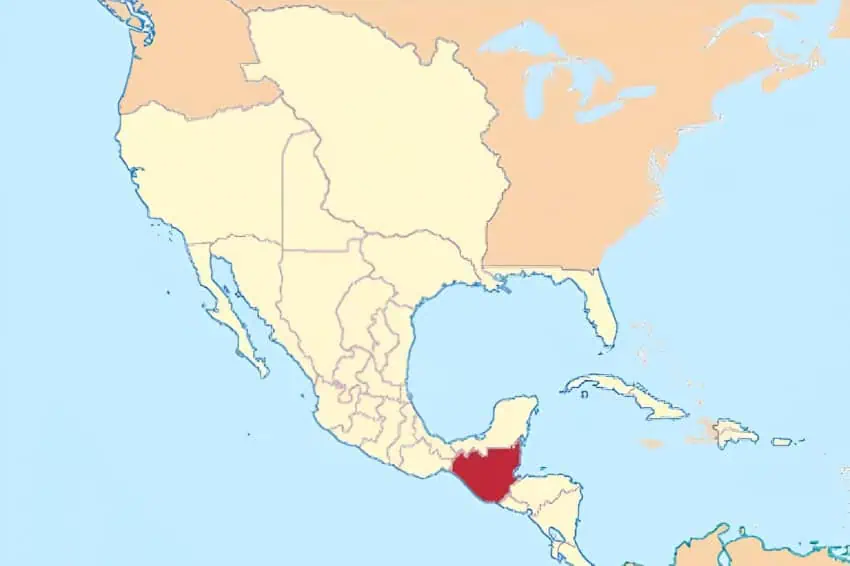
While not a state — Mexico didn’t have them yet — nearly all of Central America was once part of the country. Under Spanish rule, the territory that is now Chiapas, Guatemala, El Salvador, Honduras, Nicaragua and Costa Rica made up the Captaincy-General of Guatemala, a sister colony to New Spain.
Central America peacefully declared independence from Spain in September 1821, and its conservative leaders favored annexation into the newly-independent Mexican Empire, a constitutional monarchy. Agustín de Iturbide, who would later become Emperor of Mexico, felt similarly, inviting Central America to join his country. The government of Guatemala City — the region’s de facto government — accepted in January 1822, bringing Mexico to the historic height of its territorial extent. Not all Central Americans agreed with Guatemalan leadership or annexation to Mexico, however, and many Salvadorans, Costa Ricans and Nicaraguans took up arms against it.
Iturbide sent Mexican troops to pacify these regions and was largely successful, but after he abdicated in March 1823, Mexico’s interim government was willing to let Central America decide its own fate. In July of that year, Central America declared independence from Mexico and both countries came into the world as republics: Mexico as the First Mexican Republic and Central America as the United Provinces of Central America. Mexico did keep a piece of the old Guatemala, though: Chiapas voted to remain part of the country in 1824.
Sinaloa y Sonora
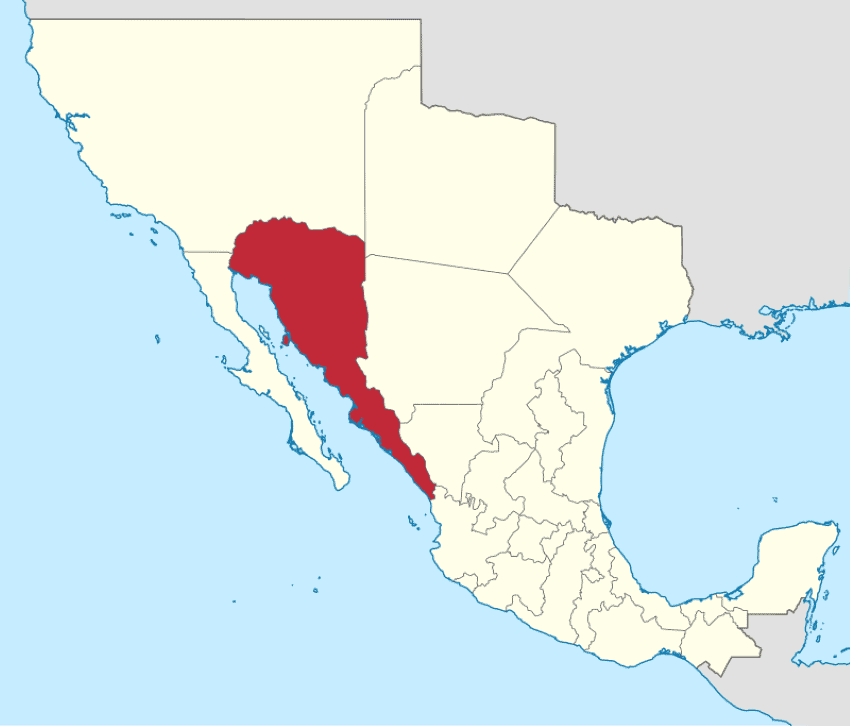
As many Sinaloans and Sonorans will tell you, their states have a lot in common — their natives’ loud, percussive accents, love of baseball and taste for seafood come to mind. These northern Pacific states are neighbors, but they were once something even closer: the single state of Sinaloa y Sonora.
Take a look at the map of early independent Mexico and you’ll quickly notice that while the country’s central and southern states look largely as they do today, the northern states are enormous. In 1824, that made sense: northern Mexico was very sparsely populated by Mexicans and was still under the control of powerful Indigenous nations, so large states initially seemed practical for administrative and defense purposes. Three Estados Internos, or Internal States, were created on the country’s periphery; Sinaloa and Sonora were made the Internal State of the West, also called Sinaloa y Sonora, which included part of modern-day Arizona as well.
Sonora and Sinaloa had frequently been governed as part of the same territory since the colonial era. Though this arrangement fostered a closeness between their populations that persists until today, it also created deep rivalries between the territories’ local elites, who competed for influence and commercial opportunities. Illustrating this rivalry, the state’s capital was moved several times from Sonora to Sinaloa and back again. In 1830, with disagreements becoming untenable and authorities torn about how to respond to Indigenous rebellions, Sinaloa and Sonora finally became the first states admitted to the federation ever to separate.
The Estado Interno del Norte and Estado Interno del Oriente
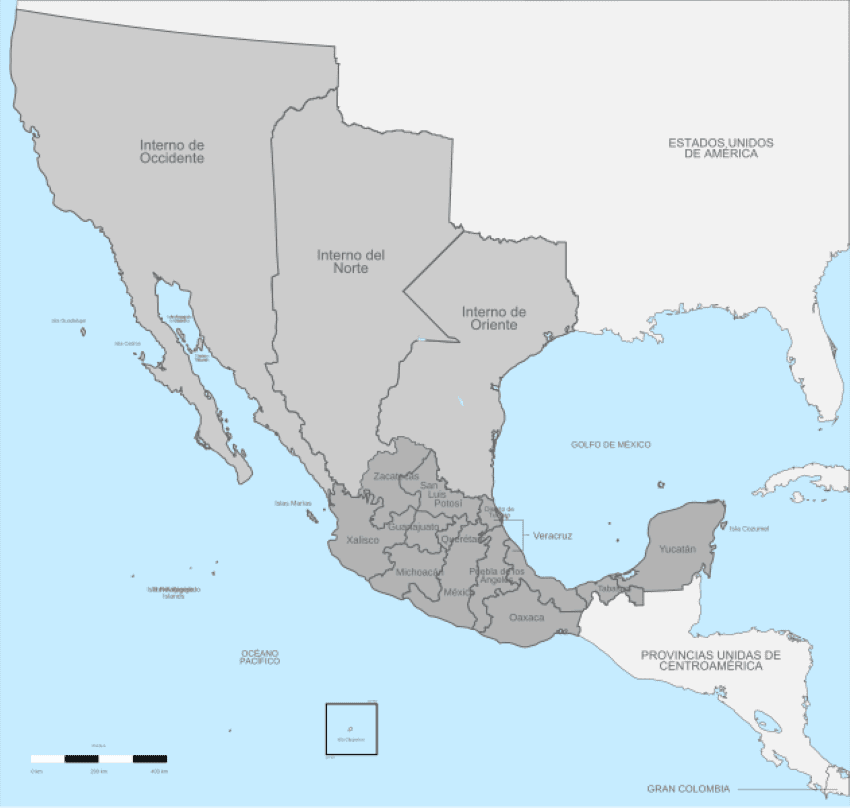
The elite rivalries that dissolved Sinaloa y Sonora were not unique in the Internal States, and in the other two, they didn’t take nearly as long to take effect. Under the Constitutive Act of 1824 — the law of the land while the Constitution of 1824 was being written — the Internal State of the North comprised Durango, Chihuahua and New Mexico, while the State of the East encompassed Coahuila, Nuevo León, Tamaulipas and Texas.
The State of the East included two major cities — Monterrey in Nuevo León and Saltillo in Coahuila — that had been commercial and political rivals since the 1600s and carried their rivalry into the independence period, angling to become the capital of the mega-state. When it became clear that this would not be possible, their leaders began advocating for separation and soon joined the republic as independent states.
Chihuahua and Durango had been governed together by Spain as the province of New Biscay, an arrangement that had worked out better for Durango, which was wealthier and more heavily populated. The two were turned into separate provinces after the collapse of the First Mexican Empire but were joined again as the State of the North in 1823, with a surprising development: the less affluent Chihuahua would be the state’s provisional capital. The Durango elite did not like this at all and agitated for separation, which they got in May 1824; in July of that year, Chihuahua became a state, while New Mexico became a territory.
The Provincia del Istmo
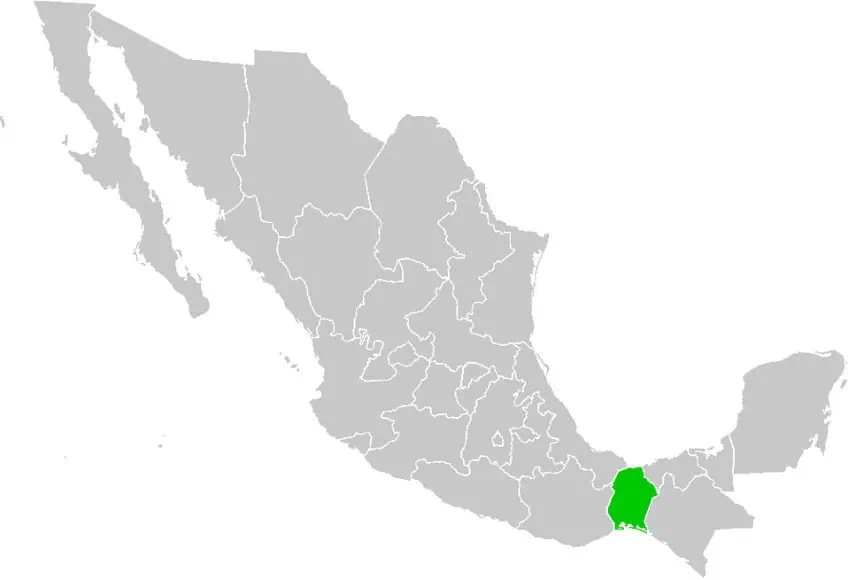
Set in the narrowest part of the Isthmus of Tehuantepec, which runs between the Oaxaca and Veracruz coastlines, Congress declared the foundation of the Province of the Isthmus in 1823. Encompassing the districts of Acayucan and Tehuantepec in present-day Veracruz and Oaxaca, respectively, the province was immediately wracked by conflict, as the government aimed to distribute the area’s rich salt flats and what it called its “wastelands” to retired military officers and settlers. There was a problem: these resources were communally owned by the area’s Indigenous Zapotec majority, who had not been asked.
Congress abolished the province in 1824, but life had been breathed into the spirit of local and Indigenous separatism in the region between the Atlantic and the Pacific, critically important for national governments from the nineteenth century down to our own time. Unlike the other disappeared states and provinces on this list, the Province of the Isthmus was briefly resurrected after its first death, reestablished in 1852 and dissolved again in 1855, during the Porfiriato.
